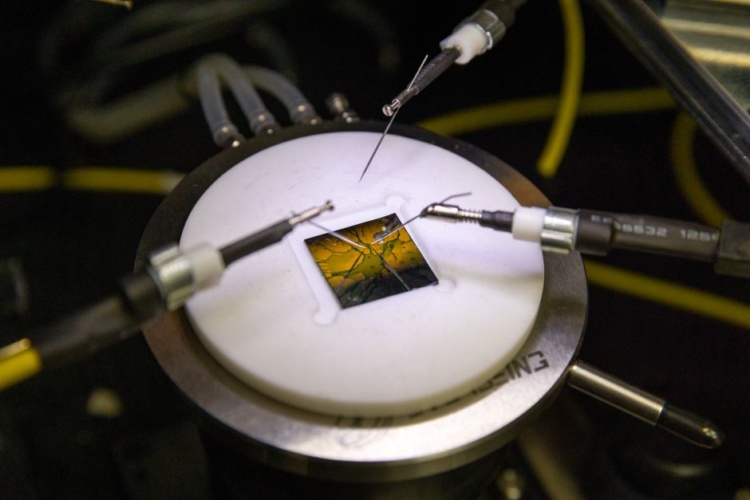KAUST leads effort to build organic Schottky diodes
Scientists at KAUST have led an international effort to develop a component for radio-frequency circuits using an organic material with potential for 5G applications.

Organic semiconductors share many of the physical properties as their inorganic counterparts, such as silicon-based semiconductors, and are made using solvent-based processing techniques. This makes them cheaper and more flexible, but a significant drawback is that electrical charges move more slowly in organic materials. According to KAUST (King Abdullah University of Science and Technology) in Saudi Arabia this drawback is a barrier to applying organic semiconductors for use in applications such as radio-frequency electronics.
“Unlike their inorganic counterparts, organic semiconductors are cheap and easy to process via solution-based routes like printing or blade and die coating,” said Ph.D. student Kalaivanan Loganathan, working with Thomas Anthopoulos. “To make this technology useful for the 5G frequency band, there is a need to fabricate organic Schottky diodes.”
Register now to continue reading
Thanks for visiting The Engineer. You’ve now reached your monthly limit of news stories. Register for free to unlock unlimited access to all of our news coverage, as well as premium content including opinion, in-depth features and special reports.
Benefits of registering
-
In-depth insights and coverage of key emerging trends
-
Unrestricted access to special reports throughout the year
-
Daily technology news delivered straight to your inbox










Construction industry lags in tech adoption
Are these the best people to ask "Insights from 2,000 Industry Leaders"? - what would their customers views be like (perhaps more...